By: Nadia Yassin, MAFP
Some female serial killers are just as horrifyingly ruthless as their male counterparts.
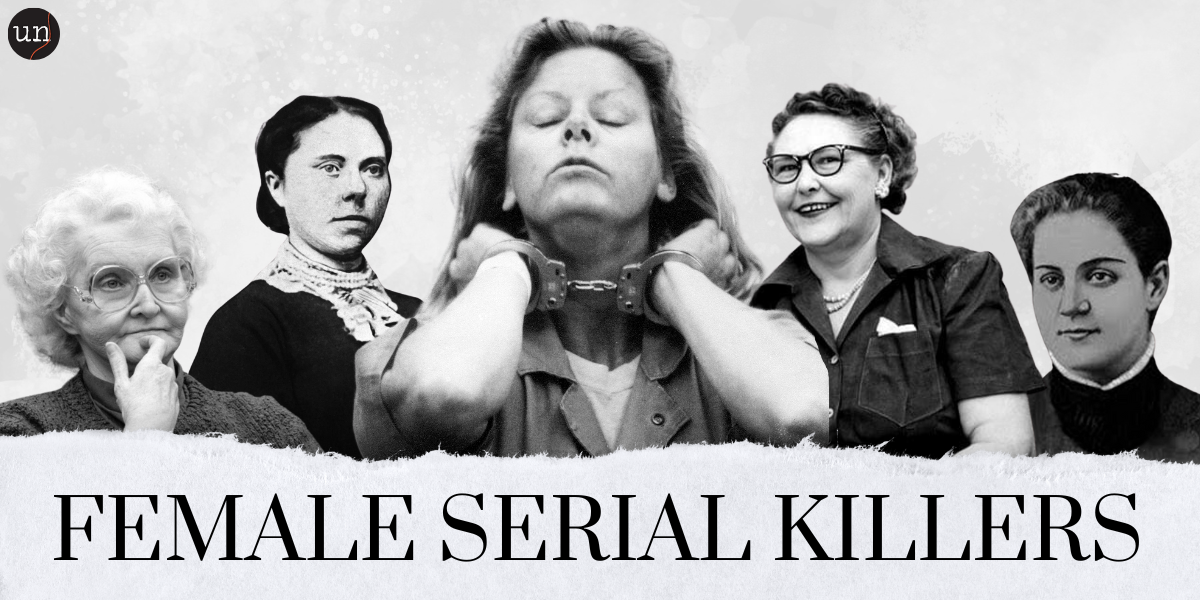
While some may think that a psychopath and serial killer are one and the same, they must be considered as distinct, separate concepts.
Not all psychopaths are killers, and not all serial killers are psychopaths; though there is overlap between the two constructs, the behaviors, traits, interpersonal expressions, and psychological underpinnings vary and cannot be viewed through a singular conceptual lens.
This being said, many serial killers do meet the Hare criteria for psychopathy, but those who commit the same crime do not all share the same diagnosis. Antisocial personality disorder (including psychopathy and sociopathy), narcissistic personality disorder, schizoid personality disorder, and borderline personality disorder are among the most common diagnoses found in incarcerated serial murderers.
As previously discussed, social norms and gender constructs affect how individuals develop and how they are perceived; therefore, behavioral expressions, psychological mechanisms, interpersonal relationships, and external perceptions vary when considering male and female psychopaths.
The same is true for male and female serial killers.
Serial murder is currently defined as “the unlawful killing of two or more victims by the same offender(s), in separate events.”
While every serial murderer is unique, with their own behavioral expressions and motivations, male serial killers tend to have more in common with other male serial killers than with female serial killers and vice versa. Most research, and the general public, tend to focus on men when considering the notion of serial murder.
Female serial murderers are therefore understudied, underestimated, and underrepresented in literature and media.
About 1 in 6 serial killers are women, and they tend to have just as many victims as male offenders. Men and women do generally differ in terms of motivation, victimology, method, and movement when it comes to serial murder. Marissa Harrison, an evolutionary psychologist, proposed that the variation between the two groups may be due to thousands of years of psychological evolution.
Male vs. Female Serial Killer M.O.
Researchers have found that female serial killer M.O. — or modus operandi, someone’s habits of working used to discuss criminal behavior — are different than male serial killer M.O.s.
Marissa Harrison's Female Serial Killer Profile
“My colleagues and I came up with a composite based on statistics. She’s probably white, married at least once, maybe multiple times. She’s probably in her 20s or 30s, likely middle class, a Christian, displays at least average intelligence and has average or above average attractiveness.
She is probably employed legally, perhaps in health care or a related field. In fact, we found that 39% of female serial killers were nurses or health care workers. They might have a history of abuse or a recent crisis. And at least one murder will occur in a suburban area.
The people familiar to her are at most risk, especially children, the ill and the elderly. Most likely she murders via poisoning or asphyxiation, and those methods would mimic natural death to people who aren’t really suspecting her.”
According to Marissa Harrison’s research, male serial killers tend to “hunt” their victims who are strangers to them, while female serial killers tend to “gather” victims who are known to them. Male serial killers are known to seek and stalk unfamiliar victims for the purpose of sexual pleasure, power, and thrill, while women tend to be motivated by financial gain, revenge, or notoriety. Female serial killers tend to target relatives, spouses, or individuals under their care, and their crimes are contained in one geographical area.
Men, on the other hand, stalk and attack women in many different locations, and the attacks are often more violent and brutal. Female serial killers are far less likely to torture their victims before killing them, and they are less likely to practice necrophilia or cannibalism than male serial killers, likely due to the fact that it does not help them further their goal. Female serial killers do not typically exhibit stalking behaviors, in contrast to male serial killers, and they tend to target more vulnerable populations such as children, their patients, or the elderly. Female serial killers also typically use poison to kill their victims, and they are far more likely to kill their own relatives.
Research has also found that female serial killers are less brutal in their killings and that they are less likely to be turned in by themselves or others and more likely to be caught due to police investigation. While male serial killers tend to be single at the time of the first crime, female serial killers tend to have been married at least once, often targeting their spouses. Additionally, while most male serial killers have earned a high school education or less, female serial killers tend to have completed a college degree or more.
This research is informative and can help guide investigations and aid in narrowing down suspect pools; however, the findings cannot be used to dismiss possible suspects on its own. While most female serial killers tend to display similar behavioral expressions, there will always be an element of human individuality and situational/historical context.
In terms of media representation, female serial killers are much more likely to receive nicknames that denote their gender, such as ‘Jolly Jane,’ ‘Aunt Thally,’ ‘Grandma Ripper,’ and ‘Lady Death,’ while male serial killers’ names usually reflect who, whereas, or how they’re killing, such as ‘Schoolgirl Strangler,’ ‘Granny Ripper,’ ‘Co-ed Killer,’ ‘Lady Killer,’ and ‘Midtown Torso Slasher.’
Women are not typically considered dangerous or deadly, but that is likely how they can go undetected for so long.
No two people share the same motivations and behavior, regardless of gender. There will always be outliers and individuals whose actions do not reflect the overall findings of behavioral studies. Still, female serial killers generally share more in common than male serial killers, and vice versa.
1. Aileen Wuornos
Aileen Carol Wuornos, a renowned American serial killer, shot and robbed seven of her male clients while engaging in street prostitution along highways in Florida between 1989 and 1990. Aileen claimed that the homicides were committed in self-defense and that the clients had either raped, or attempted to rape her. Aileen had a difficult upbringing which likely influenced her future criminal behavior.
At just 4-years-old, Aileen and her older brother Keith were abandoned by their mother and left with their maternal grandparents who then adopted them. Though she never met him, Aileen’s father, Leo Pittman, received a life sentence for kidnapping and raping a 7-year-old girl before he committed suicide while incarcerated in 1969. Her maternal grandparents were alcoholics, and she was reportedly sexually abused by her grandfather as well as his friends.
Though she never met him, Aileen’s father, Leo Pittman, received a life sentence for kidnapping and raping a 7-year-old girl before he committed suicide while incarcerated in 1969. Her maternal grandparents were alcoholics, and she was reportedly sexually abused by her grandfather and his friends.
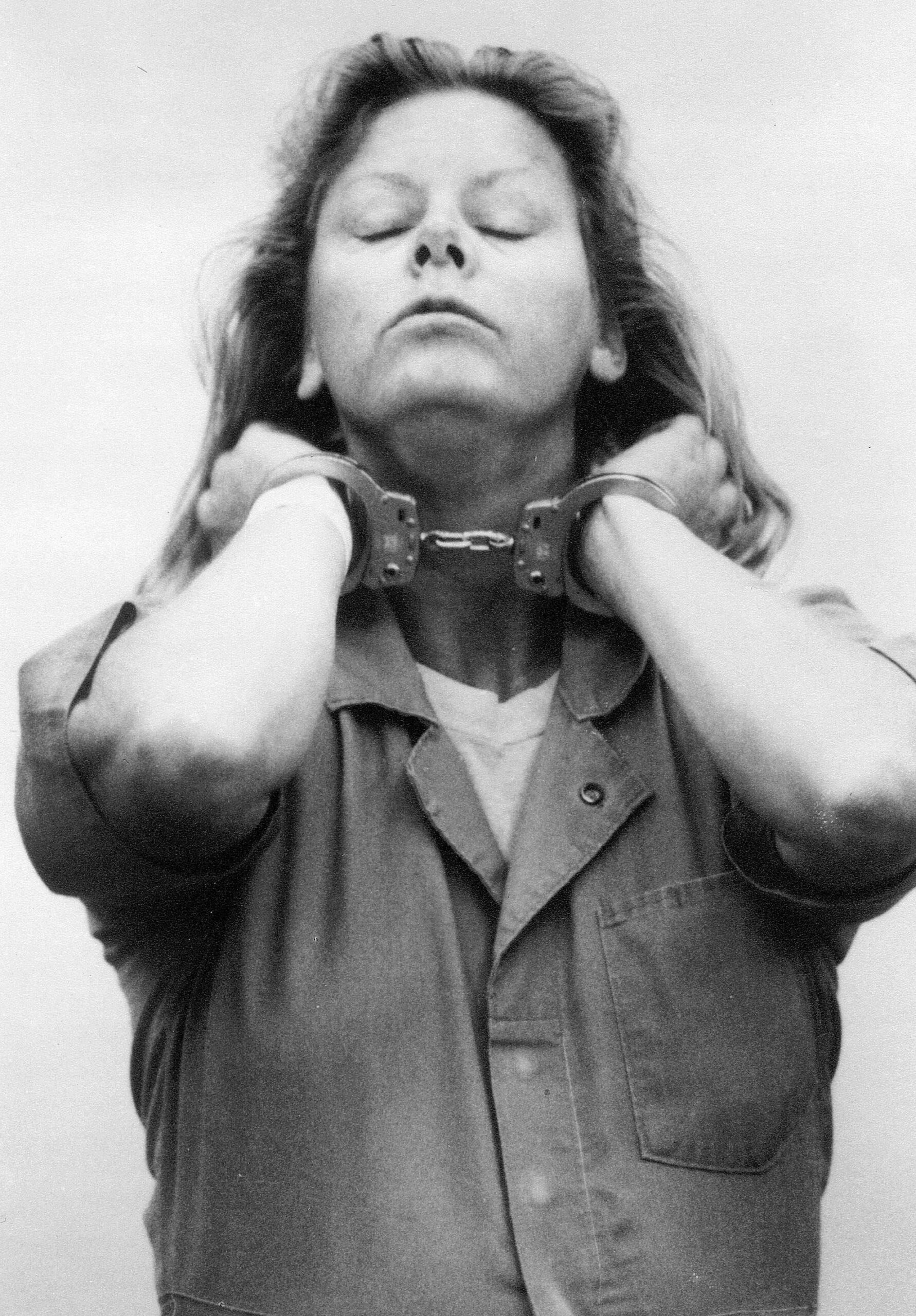
By age 11, Aileen began engaging in sexual activities around her neighborhood in exchange for cigarettes, drugs, and food. Aileen had one child at 14 after being violently raped by a family friend; the baby was put up for adoption, and Aileen dropped out of school.
At 15 years old, Aileen was kicked out of her grandparents’ house and began living in the woods nearby, where she supported herself through prostitution. She was arrested for multiple, lesser crimes throughout her adulthood but committed her first murder at 33 years old.
Aileen Wuornos was executed by lethal injection on October 9, 2002 in Florida for six of the murders; her known victims are Richard Charles Mallory, David Andrew Spears, Charles Edmund Carskaddon, Peter Abraham Siems, Troy Eugene Burress, Charles Richard “Dick” Humphreys, and Walter Jeno Antonio.
2. Nannie Doss
Nannie Doss, born on November 6, 1905 as Nancy Hazel, was responsible for the deaths of 11 people from 1920 to 1954. Known as “The Giggling Granny,” “The Black Widow,” “The Lonely Hearts Killer,” and “Lady Blue Beard,” Nannie is one of America’s most prolific female serial killers.
Reportedly, at seven years-old, Nannie suffered a head injury that plagued her for life and eventually contributed to her murderous impulses, according to Nannie. After she was arrested following the death of her fifth husband in Tulsa, Oklahoma, it was revealed that she killed four husbands, two children, two of her sisters, her mother, two grandsons, and a mother-in-law; their bodies were exhumed and showed traces of arsenic and smothering.
After being declared sane by psychiatrists, Nannie pleaded guilty to the murder of Samuel Doss on May 17, 1955, and was sentenced to life imprisonment. She died from leukemia in 1965 at the Oklahoma State Penitentiary. Nannie was never charged for the other murders, and the state of Oklahoma did not pursue the death penalty due to her being a woman. It is said that she was always laughing or giggling, even when facing a life sentence.
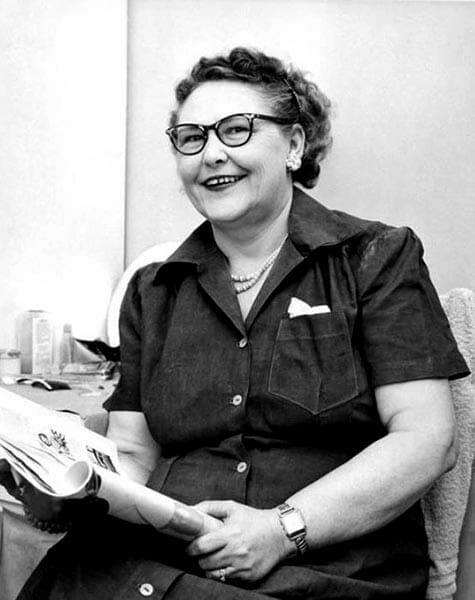
3. Belle Gunness
Belle Gunness was born Brynhild Paulsdatter Størseth on November 11, 1859 in Selbu, Norway. The Norwegian-American serial killer immigrated to the United States in 1881 in search of wealth, and what followed her were a series of insurance frauds and various crimes, escalating in size and danger.
Shortly after she married Mads Ditlev Anton Sørensen in 1884, their candy store and home mysteriously burned down; the couple claimed the insurance money for both properties, and not long after, Sørensen died of heart failure on the one day his two life insurance policies overlapped. Reportedly, the couple produced two children whom Gunness poisoned in infancy for insurance money.
Her infant daughter with her new husband, Peter Gunness, mysteriously died, which was followed by the death of Peter Gunness himself. Belle also began posting notices in love columns to lure wealthy men to her farm, after which they were never seen or heard from again.
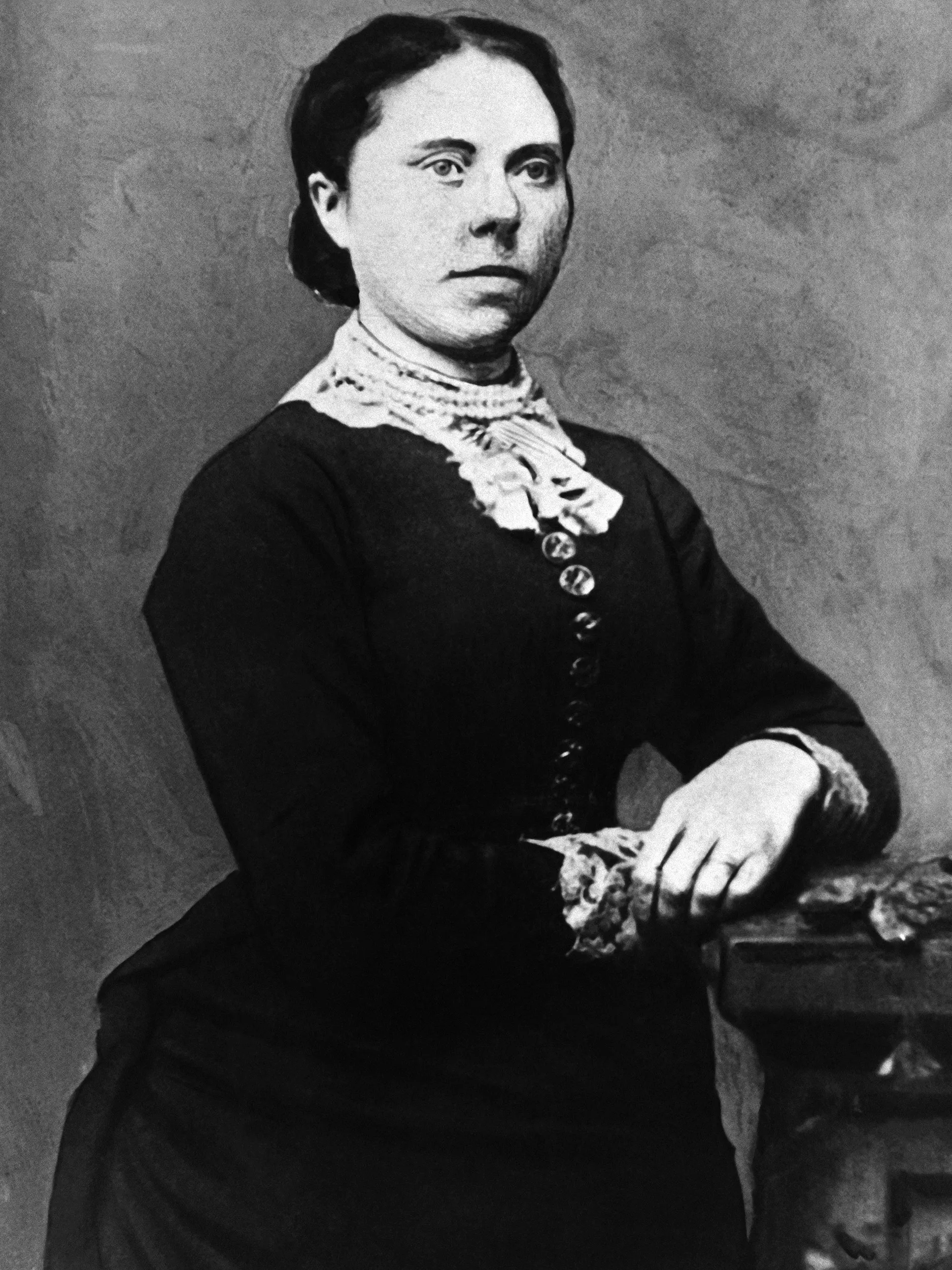
In 1908, Belle’s farmhouse burnt to the ground; workmen discovered four skeletons, three identified as her foster children and one believed to be Belle but was inexplicably missing its skull. Eventually, authorities found the remains of over 40 victims, on Belle Gunness’s property, but Belle was nowhere to be found.
After being arrested for arson and murder on May 22, 1908, Ray Lamphere, Belle’s hired hand, revealed the truth about Belle Gunness and her crimes before he died in prison; he reported that Belle had burned her own house down and that the body that was recovered was not hers. According to Ray, Belle Gunness had planned the entire thing, skipped town after withdrawing most of her money from her bank accounts, and was never tracked down again.
Her death has never been confirmed.
4. Jane Toppan
On March 31, 1854, Jane Toppan entered the world as Honora Kelley in Boston, Massachusetts as the daughter of Irish immigrants. Jane claimed at least 31 victims between 1895 and 1901. She was unlike other female serial killers in that she murdered others for the “sexual thrill.”
During her residency as a nurse at Cambridge Hospital in 1885, she began treating her patients as guinea pigs, altering medications and dosages, and even getting into bed with them.
According to the New England Historical Society, as Jane’s victims lay dying, she got a powerful erotic charge from holding and caressing them. Jane Toppan admitted that she aspired “to have killed more people — helpless people — than any other man or woman who ever lived.” She was arrested for murder on October 29, 1901. She mostly targeted elderly patients, but she confessed to killing at least 31 one people, and her victim count could be as high as 100. Jane insisted upon her own sanity in court, reportedly claiming that she could not be insane if she knew what she was doing and knew that it was wrong.
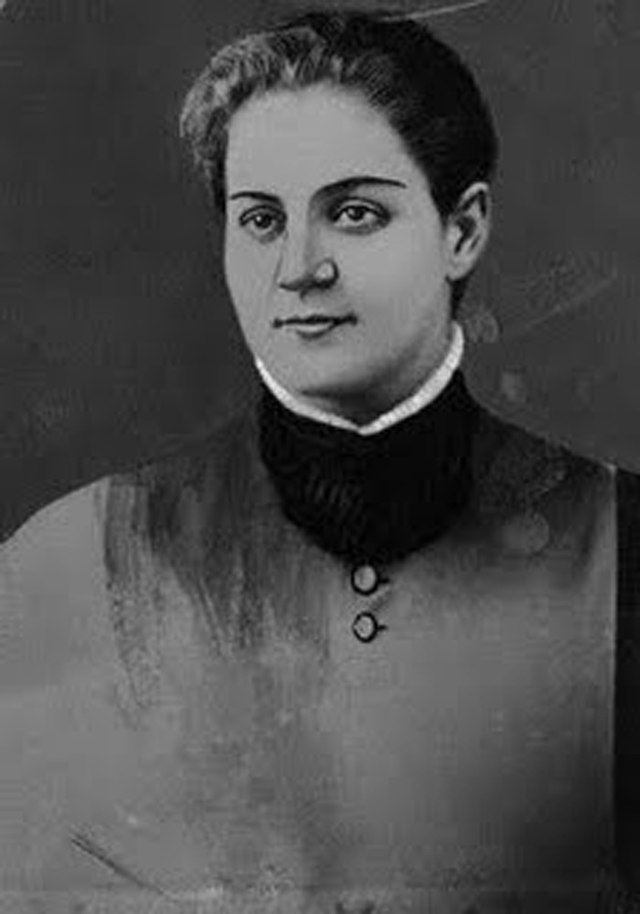
An eight-hour trial occurred at the Barnstable County Courthouse where a jury found Jane Toppan Not Guilty by reason of insanity after deliberating for 27 minutes. She was committed for life to Taunton State Hospital, where she died on August. 17, 1938 at the age of 84.
Reportedly, some hospital attendants remembered her calling them into her room, smiling and asking for morphine; she would say, “We’ll go out in the ward. You and I will have a lot of fun seeing them die.”
5. Dorothea Puente
Dorothea Puente, born Dorothea Helen Gray on January 9, 1929, was an American serial killer that ran a boarding house in Sacramento, California in the 1980s, cashing in the Social Security checks of the elderly and disabled boarders living in her home.
Following her divorces from Fred McFaul, Axel Bren Johansson, and Roberto Jose Puente, Dorothea focused most of her energy on running a boarding house located at 21st and F streets in Sacramento, where she established herself as a genuine resource to the community to aid alcoholics, homeless people, and mentally ill people by holding Alcoholics Anonymous meetings and assisting individuals to sign up for Social Security benefits.
In 1978, Dorothea was charged and convicted of illegally cashing thirty-four state and federal checks that belonged to her tenants. However, despite her probation with orders for her to stay away from elderly people and not to handle government checks, she continued to “adopt,” house, and steal from vulnerable tenants.
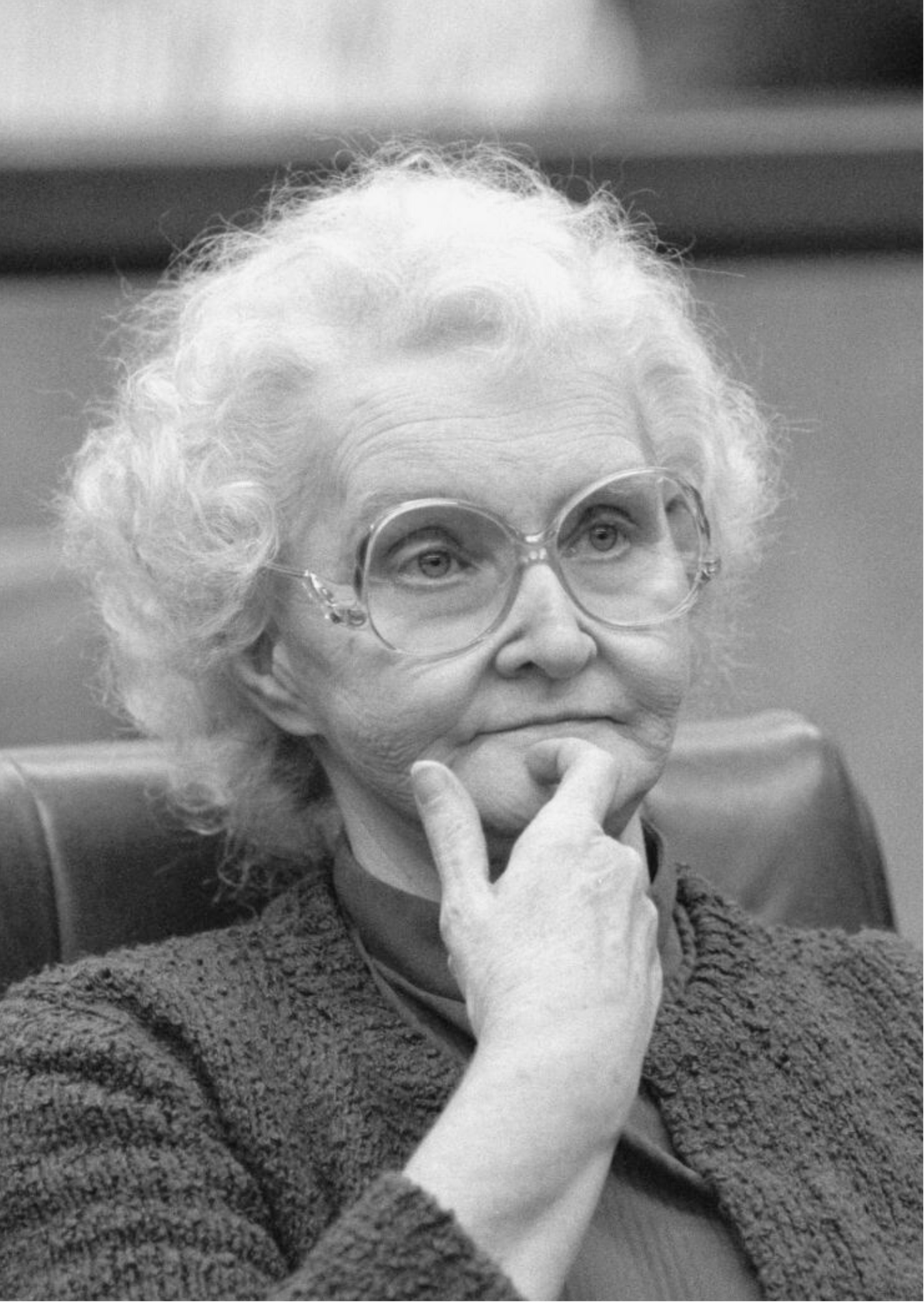
It is suspected that Dorothea’s murders began in April of 1982 with her friend and business partner, Ruth Monroe, who rented space in an apartment that Dorothea owned; shortly after moving in, Ruth Monroe died from an overdose of codeine and Tylenol, which was officially ruled as a suicide. Not long after, 74-year-old Malcolm McKenzie accused Dorothea of drugging him and stealing his pension, for which she was charged, convicted, and sentenced to 5 years in prison. While she only served three of those years, Dorothea began a pen-pal relationship with 77-year-old Everson Gillmouth; she opened a joint bank account with Gillmouth upon her release in 1985.
On January 1, 1986, Everson Gillmouth’s remains were found by a fisherman but would not be identified for another 3 years, throughout which Dorothea collected his pension and forged letters to his family.
Authorities visited Dorothea’s property on November 11, 1988, after tenant Alvaro “Bert” Montoya, a developmentally disabled man with schizophrenia, was reported missing by his social worker. Dorothea Puente was charged with a total of nine murders — Everson Gillmouth, and eight tenants who lived at the boarding house: Ruth Munroe, Leona Carpenter, Alvaro “Bert” Montoya, Dorothy Miller, Benjamin Fink, James Gallop, Vera Faye Martin, and Betty Palmer. Most of her victims had been drugged until they overdosed, after which she would wrap them in bed sheets and plastic lining before dragging them to open pits in the backyard.
Dorothea was only convicted of three of the murders, as the jury could not agree on the other six cases, and she was sentenced to two life-sentences which she served at the Central California Women’s Facility until her death at the age of 82. She continually professed her innocence until her death in 2011, insisting that the tenants had all died of natural causes.
Love this post? Meet the Author.
Nadia Yassin is a Case Researcher and Content Contributor at Uncovered, where she aggregates research on unsolved cold cases and assists with the twice-weekly newsletter, The Citizen Detective. Nadia completed a Bachelor of Arts in Psychology with a minor in Criminal Justice at the University of Mississippi. She also completed a Master of Arts in Forensic Psychology at John Jay College of Criminal Justice, where she focused on investigative psychology and the behavior of violent criminals. Nadia believes knowledge, attention, and compassion are key to building a brighter future.
Uncovered has built a community for thoughtful true crime discussion, advocacy, and comprehensive cold case research. We are the hub for novice and experienced researchers alike, helping members further develop their citizen detective skills. Sound like something you’re interested in? Join our community. Together, we can make a difference.
